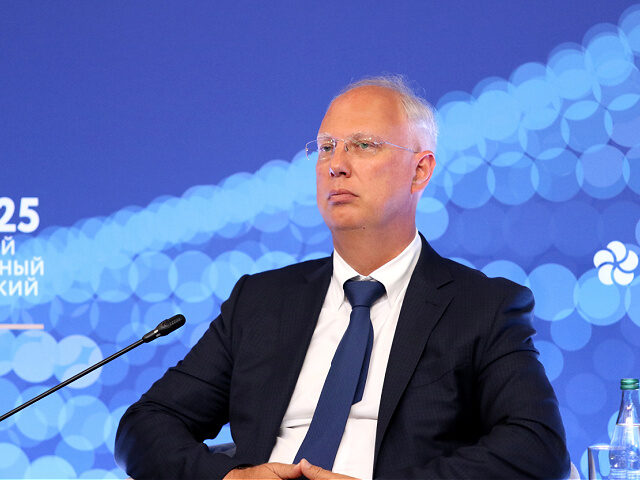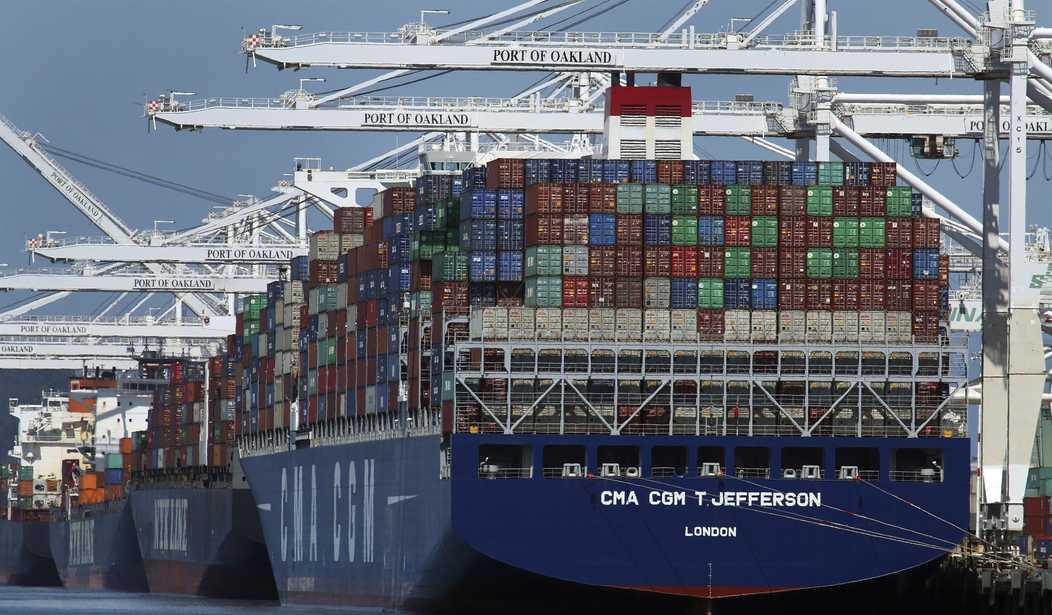In an ambitious—and some might say whimsical—proposal, Kirill Dmitriev, the Kremlin’s envoy to the United States and CEO of Russia’s $10 billion RDIF investment fund, has suggested building a tunnel beneath the Bering Strait that would link Alaska with Russia’s Chukotka region. But not just any tunnel—one that could bear the names of two of the world’s most recognizable leaders: Presidents Donald Trump and Vladimir Putin.
Dmitriev’s proposal, unveiled on Thursday, was based on Soviet Union-era documents from the 1960s, which were presented to Rep. Anna Paulina Luna (R-FL) by Alexander Darchiyev, Russia’s ambassador to the United States. While most of the documents focused on the assassination of President John F. Kennedy in 1963, one contained a plan for what was to be called the "Kennedy-Khrushchev World Peace Bridge," which aimed to connect Alaska and Russia.
At the narrowest point in the Bering Strait, the distance between Russia and the U.S. is less than two and a half miles, making the idea of a physical link between the two nations tantalizingly close. The original "World Peace Bridge" concept envisioned connecting Little Diomede Island in Alaska with Big Diomede Island in Russia—two islands located in the strait, with Little Diomede hosting a small Inupiat community, and Big Diomede housing a Russian military base and weather station.
Dmitriev took the concept further with a bold proposal: using modern tunneling technology from Elon Musk’s Boring Company, the tunnel could be constructed for under $8 billion—far cheaper than traditional estimates that put the price tag at over $65 billion. Dmitriev even shared a photo of the original "World Peace Bridge" plan and posted a message to Musk, urging him to get involved: “Traditional costs are over $65 billion, but Boring Company’s tech could reduce it to less than $8 billion. Let’s build a future together!”
In an X post to Musk, Dmitriev emphasized the economic benefits, including job creation and economic growth, while highlighting that his RDIF and Russia’s Arctic Fund could provide financing for the project, with "international partners" also contributing. The tunnel, Dmitriev suggested, could be completed in under eight years, marking the first-ever connection between Russia and the U.S.
Skeptics have quickly pointed out that the proposed tunnel might connect two remote areas with little infrastructure nearby. Plus, the region is known for seismic activity, which could complicate construction.
Dmitriev, known for spearheading Russia’s “charm offensive” in the U.S., appears to be using the idea of the tunnel as part of a broader strategy to foster economic ties between the two countries—a move that could undermine Western efforts to isolate Russia due to its ongoing invasion of Ukraine. However, as of Friday morning, neither Donald Trump nor Elon Musk had responded to the proposal.
While the tunnel might seem more like a pipe dream, it’s a reminder that sometimes the most outlandish ideas can spark conversation. And in the world of diplomacy and global politics, who knows—maybe a Putin-Trump tunnel is just the sort of unexpected project the world needs. Or maybe it’s just another reminder that some ideas are better left buried under a few miles of ocean.


